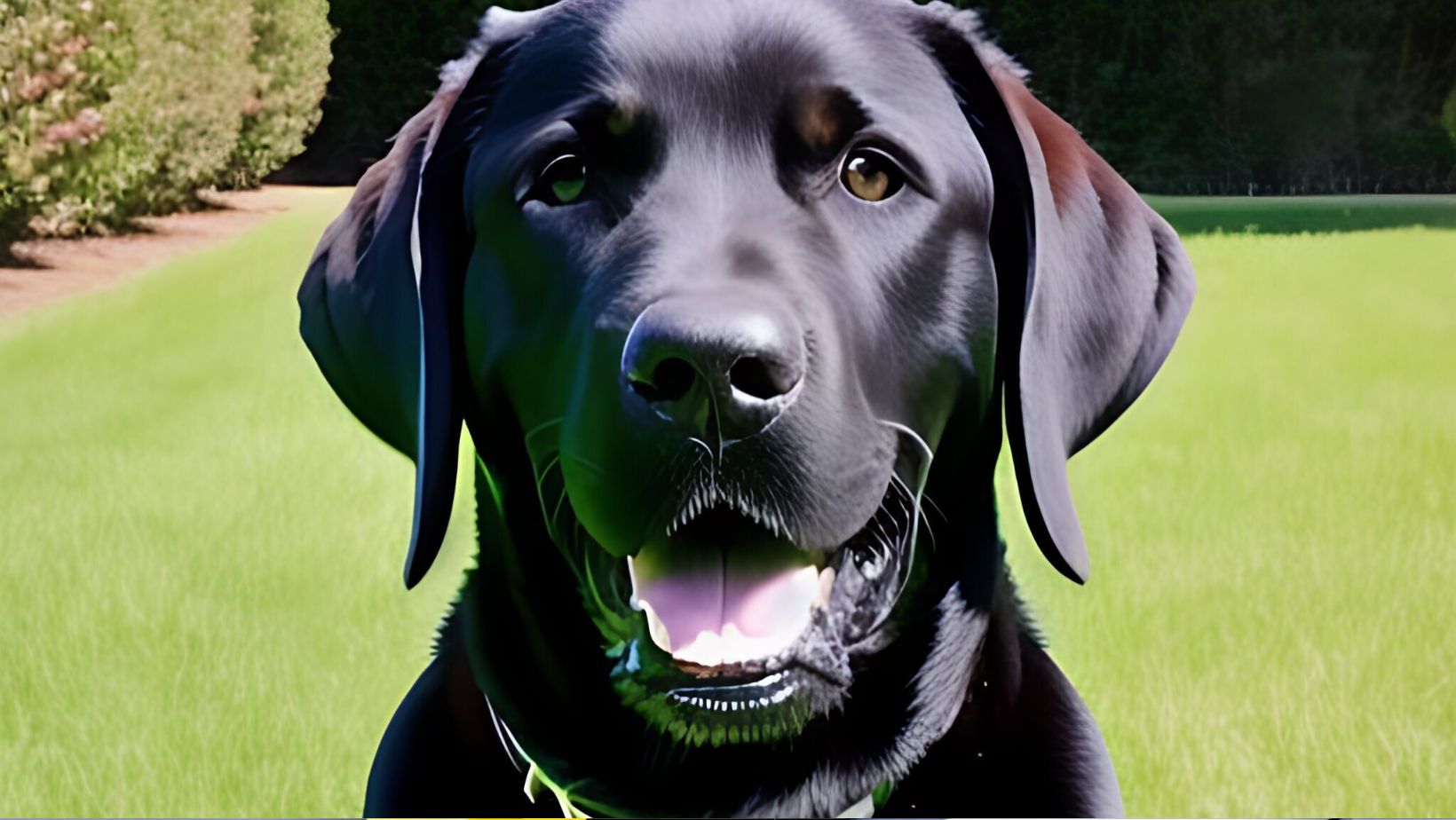How to Train Puppy to Pee on Pad and Outside
When it comes to potty training a Labrador puppy, consistency is key. Start by designating a specific spot indoors where you want your pup to use the pad. Place the pad in that area and encourage your puppy to go there whenever they need to relieve themselves. Be patient and give them plenty of praise or even small rewards when they use the pad correctly.
In addition to using the indoor pad, it’s important to gradually transition your Labrador puppy to using the outdoors as their primary potty area. As soon as they are comfortable with using the pad consistently, start taking them outside regularly for bathroom breaks. Use positive reinforcement and rewards when they successfully go outside. This will help them understand that going outside is also an acceptable place for them to do their business.
Why Use Puppy Pads for Training?
When it comes to training your furry friend, like my lovable Labrador, using puppy pads can be a helpful tool. Here’s why:
- Convenience: Puppy pads provide an easily accessible and designated area for your puppy to relieve themselves indoors. This is especially beneficial during the early stages of training when frequent potty breaks are necessary. With a designated pad, you won’t have to rush outside every time your pup needs to go.
- Weather Flexibility: Living in an area with unpredictable weather? Puppy pads come to the rescue! Whether it’s pouring rain or freezing cold outside, having a backup option indoors ensures that your little buddy doesn’t have to brave the elements during potty breaks.
- Time-saving: Let’s face it, we all lead busy lives. Using puppy pads allows you to train your puppy without constant supervision. You can focus on other tasks knowing that your pup has a reliable spot for their bathroom needs.
- Transitioning to outdoor pottying: Puppy pads serve as a stepping stone towards teaching your puppy proper outdoor potty etiquette. By initially using the pad indoors and gradually moving it closer to the door leading outside, you can help them associate going potty with being outdoors.
- Accident prevention: During those initial stages of training, accidents are bound to happen. Puppy pads act as a safety net by minimizing messes around the house and protecting your floors from unwanted stains and odors.
Remember, while puppy pads can be useful in certain situations, they should not replace regular outdoor walks and exercise sessions for your furry companion’s overall well-being.
Transitioning to Outside Peeing
Now that your puppy has mastered using the pee pad indoors, it’s time to help them transition to peeing outside. This phase of training is crucial for teaching your Labrador pup where they should be relieving themselves as they grow older. Here are some tips to make this transition smoother and more successful:
- Gradual Introduction: Start by gradually introducing your puppy to the concept of going potty outside. Take them out at regular intervals throughout the day, especially after meals, naps, or playtime. Use a consistent cue like “go potty” or “do your business” to associate the command with the act.
- Choose a Designated Spot: Select a specific area in your yard where you want your Labrador to eliminate. The scent from previous visits will help reinforce their understanding of this designated spot as their bathroom area. Consistency is key here – always take them to the same spot each time.
- Timing is Everything: Pay attention to your puppy’s behavior and body language, as these can be indicators that they need to go outside. Signs such as sniffing around, circling, or whining may mean it’s time for a potty break.
- Praise and Rewards: When your Labrador successfully pees outside, immediately praise and reward them with treats or verbal praise while they’re still in the act (not after they come back inside). Positive reinforcement will strengthen the association between going outside and receiving rewards.
- Clean Accidents Properly: Accidents are bound to happen during this transition period – stay patient! If your puppy has an accident indoors, clean it up using an enzymatic cleaner specifically designed for pet accidents. Avoid using ammonia-based cleaners, as their scent resembles urine and may encourage repeat accidents in the same spot.
Remember that every dog learns at their own pace, so be patient and consistent throughout this process. Some puppies might take longer to fully transition, while others may catch on quickly. Stay positive and continue reinforcing the desired behavior with rewards and praise.
